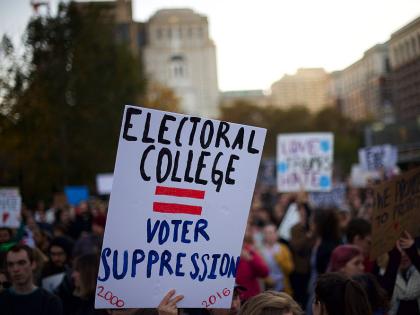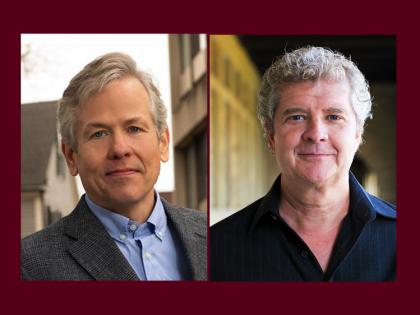Since 1991, Rocky Mountain Institute has worked with clients like the Pentagon, Oberlin College, the White House, and the 2000 Sydney Olympic Games to forward "environmentally responsible architecture," says William Browning, a founder and principal of RMI's Green Development Services group.
Take, for example, the new Condé Nast Building at 4 Times Square in New York City, which was a pilot LEED building. (LEED is the acronym for Leadership in Energy and Environmental Design, a program of the U.S. Green Building Councilwww.usgbc.orgfor voluntarily rating structures on variables like energy efficiency, water efficiency, use of recycled materials, and light pollution.) Completed in 2000, the new building consumes 35 to 40 percent less energy than a standard Manhattan office building. With some consulting help from RMI, the developer, the Durst Organization, removed 40 percent of the mechanical HVAC (heating, ventilation, air conditioning) systems from the design by installing two 200-kilowatt fuel cells and solar cells in the spandrels of some of the upper floors. "HVAC is very expensive," says Amory Lovins. "Usually it's somewhere between 9 and 14 percent of the construction budget." The developer's savings paid for the fuel cells and solar cells.
Because employees are the largest expense of most organizations, green design can greatly enhance profitability by its measurable effect on worker productivitygains of 6 to 16 percent, or more. Take good old-fashioned daylight. Energy consultant Lisa Heschong studied a retail chain and found a 40 percent increase in sales per square foot of space in daylit stores over electrically lit ones. Heschong measured a 20 to 26 percent improvement on tests taken by students in schools with good, glare-free daylight.
William Browning contrasts such "real buildings" with the standard model for a windowless convention center: a "black box" that takes people out of time, supposedly "so you have their attention." Instead, Browning says, "We find that people want daylight and respond better to daylight. There are subtle variations in color and intensity of light that have a physiological response. When you look out a window at a distant, very different view, the eye relaxes, the lens flattens." He contrasts natural light with the subliminal flickering of certain fluorescent fixtures and computer screens that produce conflicting signals in the eye and can cause eyestrain and headaches. Sick buildings, he says, "are often not a problem of air quality, but lighting."
"Reducing waste, eliminating toxicity, using less water or carbon can be a competitive advantage, not necessarily a burden," says Christina Page, who leads RMI's natural capitalism educational initiatives (www.natcap.org). "A lot of it comes down to designing stuff right the first time: you eliminate the onerous cleanup job down the road. But it can also save money and boost profits right now."
Take the case of Interface, a carpet company that built a new Shanghai factory in 1997. One of its industrial processes called for 14 pumps. The original design sized those pumps at a total of 95 horsepower. But Dutch engineer Jan Schilham cut the pumping power to only 7 horsepowera 92 percent energy saving. The key was using short, straight, fat pipes instead of the traditional practice: a long, twisting "spaghetti" of skinny pipes. Fat pipes cost more per foot than thin ones, but flow friction drops as nearly the fifth power of a pipe's diameterso making the pipes 50 percent fatter reduces the friction by 86 percent. And by laying out the pipes first, and only then placing the equipment they connect (the reverse of standard practice), Schilham eliminated needless twists and turnsextra bends and length that make the friction in the system three to six times higher than it should be. The 92 percent saving in pumping power allowed Interface to buy smaller pumps and motors, reducing capital cost, speeding construction, and improving long-term performance, as well as saving on energy bills.








